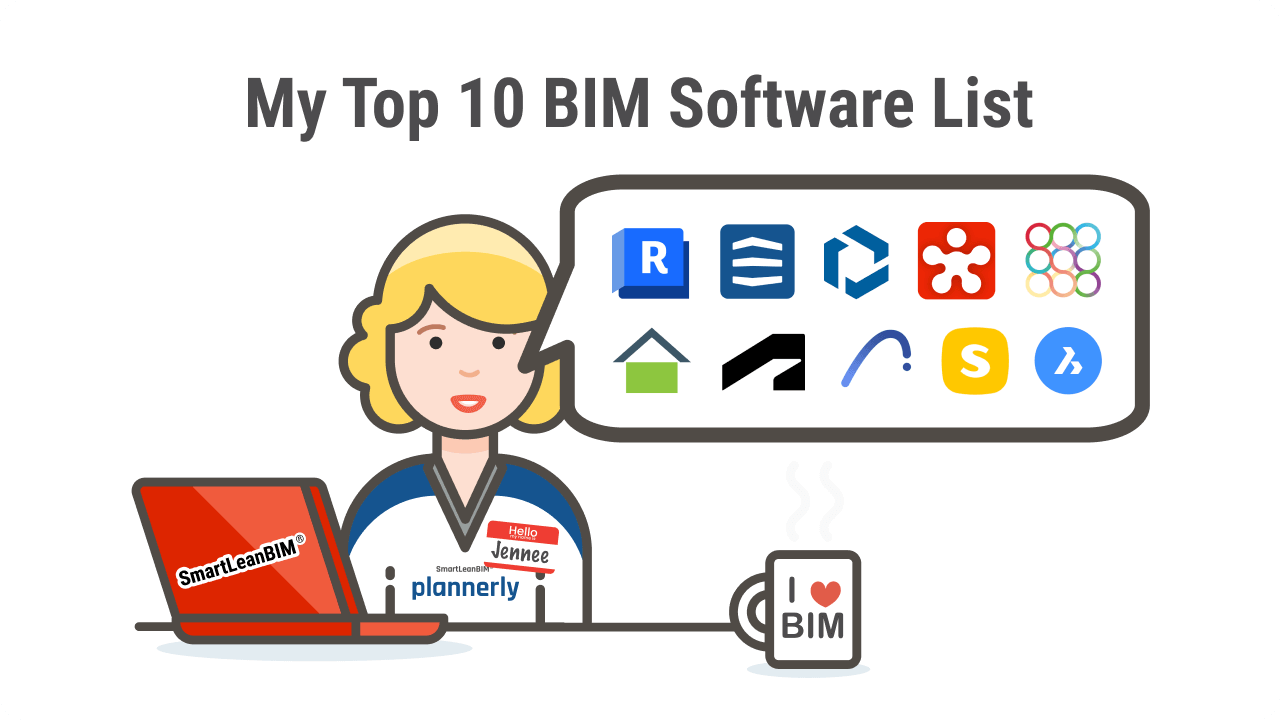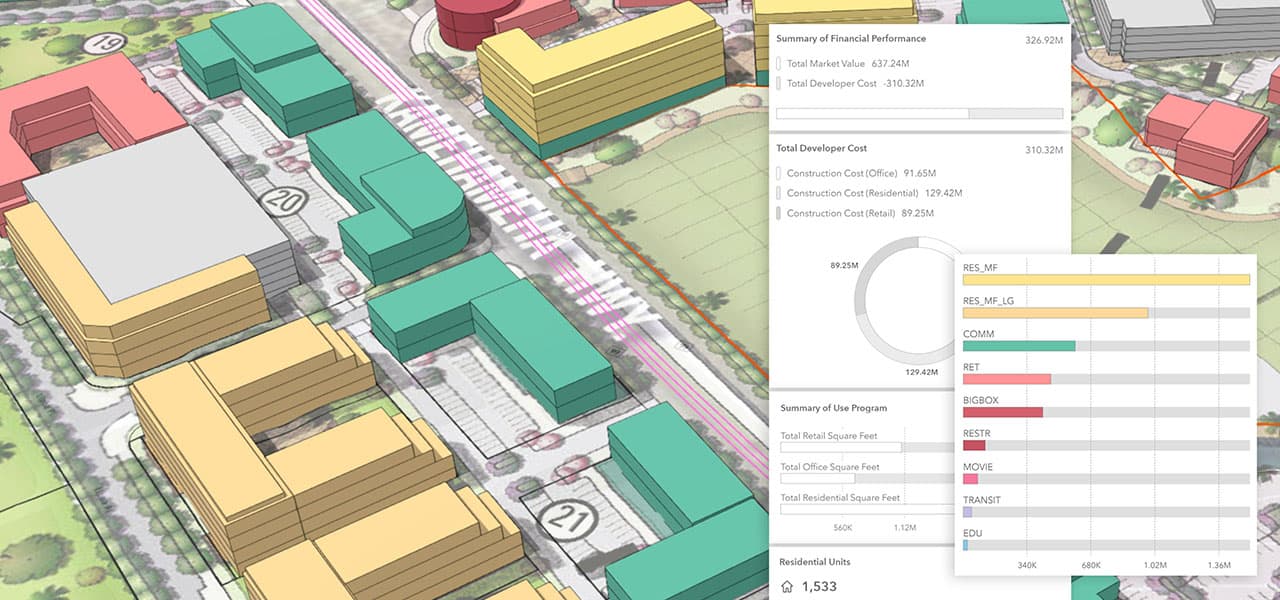
In the rapidly evolving field of infrastructure, the role of a highway engineer has expanded beyond blueprints and construction. With the integration of digital design technologies, data analytics, and smart mobility, modern highway engineers are expected to master advanced tools for simulation, safety, and sustainability.
According to recent data, highway engineering roles are projected to grow by 7% from 2018 to 2028, and the average salary of a highway engineer in the USA is $71,538, with a 1.7% annual increase.
This shift highlights the growing need for structured highway engineering training courses that focus on BIM, 3D roadway modelling, and traffic analysis. Whether you're an aspiring graduate or a mid-career professional, choosing the right courses for highway design engineer in USA can accelerate your career.
In this blog, we review five top USA highway design training programs, including the most relevant highway engineering BIM software course options.
Top 5 Software Courses for Highway Engineers in USA
Explore the most sought-after courses for highway design engineer in USA that offer hands-on training in modern tools like Civil 3D, BIM, and traffic simulation, designed to suit both working professionals and aspiring infrastructure specialists.
To help you choose the right upskilling path, here’s a quick comparison of top-rated programs based on tools, format, and specialization focus.
|
Course Provider |
Course Name |
Focus Areas |
Best For |
|
BIM for Infrastructure Engineers |
Civil 3D, Revit, InfraWorks, BIM workflows |
Transitioning to BIM-led design |
|
|
Bentley Institute |
OpenRoads Designer Certification |
Corridor modelling, grading, and superelevation |
DOT & public sector projects |
|
Udemy |
Autodesk Civil 3D Roadway Design |
Alignment, surfaces, cross-sections |
Beginners & intermediate engineers |
|
PYV Group |
PTV Vissim Traffic Simulation |
Traffic flow, queuing, and intersections |
Traffic and ITS engineers |
|
Esri |
ArcGIS Roads & Highways Fundamentals |
LRS systems, network management, 2D/3D editing, asset control |
Highway engineers handling GIS, asset inventories, and planning |
1. Novatr – BIM Software Course for Civil & Highway Engineers
Novatr offers a dedicated upskilling program titled "BIM Professional Course For Civil Engineers". The course is designed specifically for civil and highway engineers who want to transition into modern BIM-led workflows.
This BIM software course for highway engineer includes comprehensive BIM training on tools like Autodesk Civil 3D, InfraWorks, Navisworks, and Revit contextualised for real-world infrastructure projects, including highways and interchanges.
Key Highlights:
- Real-life BIM applications for road infrastructure
- Learn road alignments, terrain models, and corridor modelling
- Project-based approach with live mentorship
- Flexible online format with access to a global peer network
Why It’s Beneficial for Highway Engineers:
The course blends highway engineering with the latest in parametric and BIM workflows. If you're looking to lead infrastructure projects or migrate from CAD to BIM, this course equips you with the right skills.
Ideal For: Mid-level highway engineers, CAD professionals transitioning to BIM, or infrastructure engineers working in design consultancies seeking highway engineering online courses.
2. Bentley Institute – OpenRoads Designer Training
The developers of Bentley Systems, including OpenRoads Designer, have professional training courses. The U.S. Department of Transportation (DOTs) has often implemented the OpenRoads Designer package. As such, the course is relevant to professionals working within the government and in charge of infrastructure.
Key Highlights:
- Geometry of roads, Corridors, profiles, and grading
- Superelevation, intersections, and culvert tools
- Real-life assignment using DOT datasets
- Certifications by the standards of public projects
This course provides you with in-depth knowledge of advanced methods of roadway design. Because OpenRoads is among the best highway engineering software programs implemented in the highway projects of the United States, graduating with such software directly contributes to your resume.
Ideal For: Graduates in formal highway engineering training courses are ambitious about working with government transport agencies or engineering large infrastructure projects.
3. Autodesk Civil 3D Roadway Design Course – Udemy

Autodesk Civil 3D is a fundamental program relating to civil engineering. Various websites such as Coursera and Udemy provide a custom course on the certification of civil 3D with specific practice on the features of designing highways with barriers, such as alignment, profile, cross-section, and the aspect of the corridor.
Key Highlights:
- Introductory to intermediate tutorials
- Horizontal and vertical alignment creation
- Generation of surface, terrain modeling, and earthworks volume calculations
- Practical assignments with sample projects
This course is ideal for learning the day-to-day design workflows involved in U.S. highway projects. It teaches how to convert conceptual plans into engineering deliverables using Civil 3D, a widely used software used in highway engineering.
Ideal For: Entry-level highway engineers, civil engineering students, or CAD professionals exploring highway engineering course syllabus topics and highway engineering courses in USA.
4. PTV Vissim Traffic Flow Simulation Course – PTV Group
PTV Vissim refers to a microscopic traffic modeling software popularly utilized in studying and forecasting highway or urban network traffic schemes. PTV Group offers training on traffic simulation with PTV Vissim.
Key Highlights:
- Introduction to traffic theory and signal control
- Modelling intersections, merges, diverges, and lane usage
- Simulation analysis for congestion and queuing scenarios
- Hands-on assignments and real-world traffic case studies
With the expanding population of U.S. cities and increasing traffic congestion, it is important to use traffic simulation toto plan safer and more efficient roads. The course gives highway engineers imperative advantages in mobility prediction and 3D highway engineering modeling.
5. Esri – ArcGIS Roads & Highways Fundamentals
Provided by Esri, the course will introduce the key features of the ArcGIS Roads and Highways extension, which is highly popular with the U.S. state DOTs and gives them new opportunities to manage and analyze linear-referenced roadway systems.
Key Highlights:
- Essentials of linear referencing system (LRS)
- Handling road networks and data of events
- Both 2D and 3D editing in it
- Quality control and display software
ArcGIS is among the best highway engineering software for data-driven asset management and planning workflows. This course enhances your skills of a highway engineer, especially in highway data integration and spatial analytics.
Ideal For: Highway engineers and planners who use GIS, roadway asset inventories, and projects on smart infrastructure.
Conclusion
Highway engineering in the U.S. is no longer just about laying pavement. With the integration of digital modelling, simulation, and data analytics, today’s engineers must evolve into technology-savvy professionals. These highway engineering online courses are designed to help you gain that competitive edge.
Whether you're exploring a BIM software course for highway engineer, diving into 3D highway engineering, or seeking clarity on the highway engineering course syllabus, each of the five listed options can equip you with future-proof expertise.
From mastering Civil 3D to simulating traffic using Vissim, these USA highway design training programs are built for practical, on-site implementation. One of the standout platforms offering this upskilling is Novatr, whose Building Information Modeling (BIM) Professional Course for Civil Engineers has gained industry-wide recognition.
You can learn more about their specialised offering for highway professionals by visiting the Novatr and exploring our resource page. For engineers aiming to lead smarter transportation systems, the right tools and the right training make all the difference.
Was this content helpful to you



.jpg)







